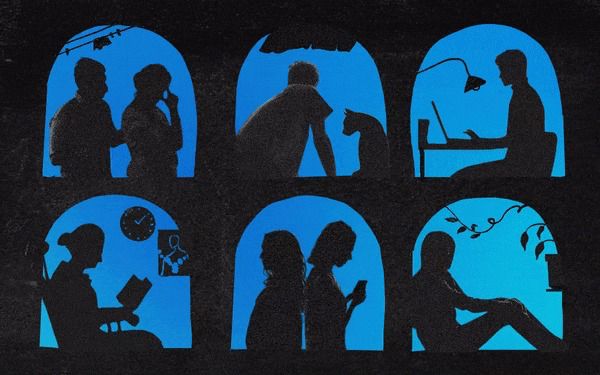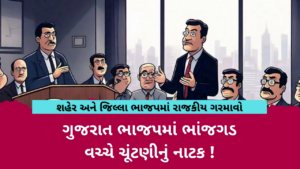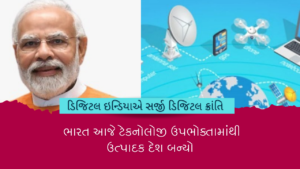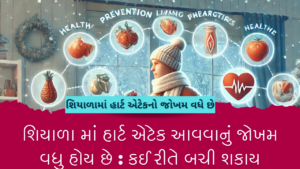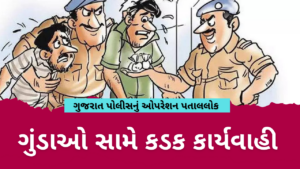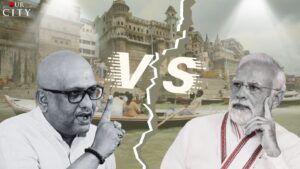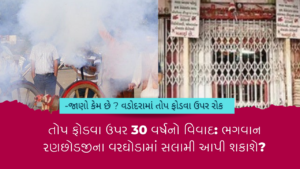–An Article by Poojan Patel
“Chronic loneliness is a continuous feeling of unwelcome isolation that occurs regardless of whether the person is physically alone or not.” – Ravi Desai
 In his book “Sapiens,” Yuval Harari explores the unique talent that set early humans apart—the ability to collaborate and work together. Thousands of years ago, humans thrived in tribes, sharing meals around campfires and forming close-knit communities. The consequence of straying from these tribes was immense social pain and loneliness, a feeling that persists in our modern world.
In his book “Sapiens,” Yuval Harari explores the unique talent that set early humans apart—the ability to collaborate and work together. Thousands of years ago, humans thrived in tribes, sharing meals around campfires and forming close-knit communities. The consequence of straying from these tribes was immense social pain and loneliness, a feeling that persists in our modern world.
Fast forward to the present, and our lives have drastically changed. Screens have replaced campfires, and the need for physical proximity to work or fix things has diminished. However, the familiar pangs of loneliness still plague us, evolving into a global epidemic. According to Dr. Vivek Murthy, loneliness is as detrimental to health as smoking 15 packs of cigarettes a day.
Many of us have, at some point, left the familiar confines of our homes and cities in pursuit of better opportunities, a brighter future, and improved lifestyles. While the pursuit of dreams is a commendable endeavor, the consequence of such migrations often leads to unfamiliar territories and, subsequently, a sense of isolation from friends and family. This isolation evolves into a profound loneliness, prompting existential questions about the worthiness of our pursuits. Loneliness, as described, goes beyond the absence of companionship; it’s a visceral feeling of being unseen and unheard, even in the company of others. The modern age, with its digital connections and social media, has exacerbated this issue, with the quality of connections on a continuous decline. The pain of social rejection activates the same neural pathways as physical pain, further deepening the impact of loneliness. A survey highlights a concerning rise in the percentage of men lacking close male friendships, indicating a growing societal trend. The proposed remedy lies in the reintroduction of offline, real-world interactions and communities, recognizing the importance of face-to-face connections. Loneliness, a health risk likened to smoking 15 packs of cigarettes a day, has already reached epidemic proportions in countries like Japan, where 1.5 million people have become hikikomori, choosing isolation. Despite the gravity of the issue, India, with over 40% estimated to suffer from loneliness, appears to lack adequate attention and solutions to address this pervasive problem.
As migration and urbanization continue to rise, loneliness is projected to worsen. The paradox lies in the fact that our hyper-connected digital age, with platforms like Facebook, Instagram, WhatsApp, and Twitter, has not alleviated loneliness; instead, it has exacerbated it. Social media, once promising to enhance connection, has transformed into a performative space where the quality of connections is on a downward spiral.
What does loneliness sound like? Someone asked on Twitter recently. You might expect that people would say “silence,” but they didn’t. Their answers included:
The wind whistling in my chimney, because I only ever hear it when I’m alone.
The hubbub of a pub is heard when the door opens to the street.
The sound of a clicking radiator as it comes on or off.
The terrible din of early morning birds in suburban trees
The human brain, wired for social interaction, now seeks validation through likes and shares. Unfortunately, the attention garnered on social media does not equate to genuine connection. In a world where everyone is busy creating content to gain attention, the core of true connections is lost.
The evolution of social media has shifted our responses to loneliness. Instead of seeking meaningful interactions and emotional connections, individuals turn to scrolling through reels and posting comments in a desperate search for real connections. The rise of online engagement has inadvertently replaced face-to-face emotional connections with a fleeting dopamine burst from online validation.
The solution to combating loneliness lies in reintroducing offline, real-world interactions and communities. While the convenience of online connections is undeniable, it falls short in providing the depth and authenticity that face-to-face interactions offer. Acknowledging loneliness as a significant problem and taking personal responsibility to address it is the first step.
Finding offline communities, whether through sports, shared interests, or work-related activities, can provide a sense of belonging and forge meaningful connections. Initiatives like organizing meetups for activities, screenings, or even small gatherings can foster genuine relationships beyond the digital realm. In a world where loneliness is reaching epidemic proportions, it’s crucial to distinguish between virtual likes and comments and authentic face-to-face interactions. While screens dominate our lives, investing effort in building offline connections is a powerful antidote to the loneliness epidemic.

